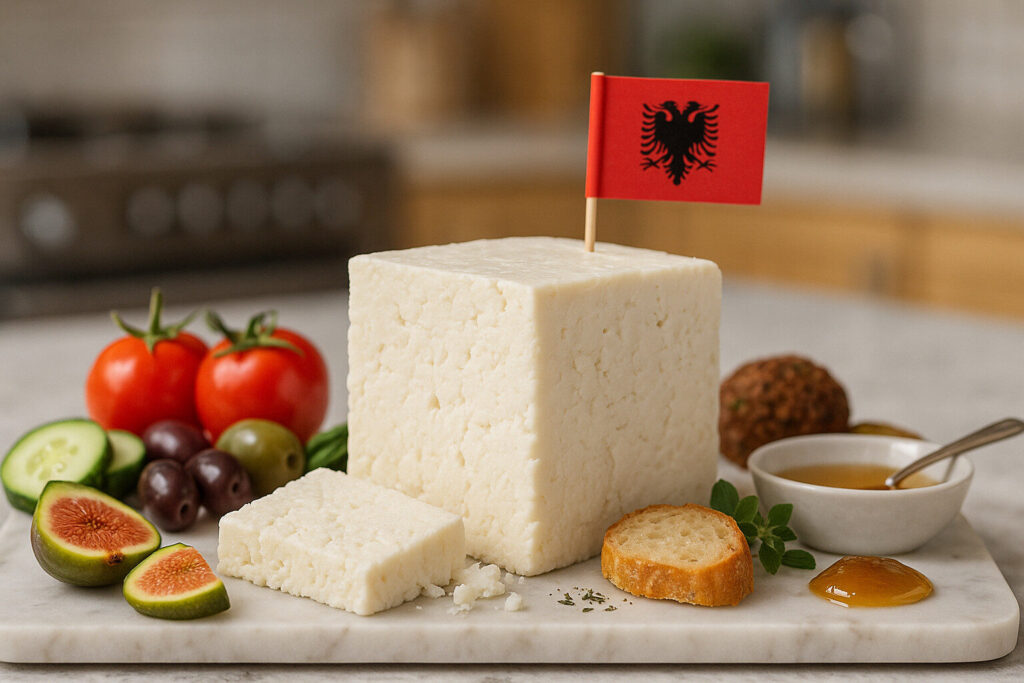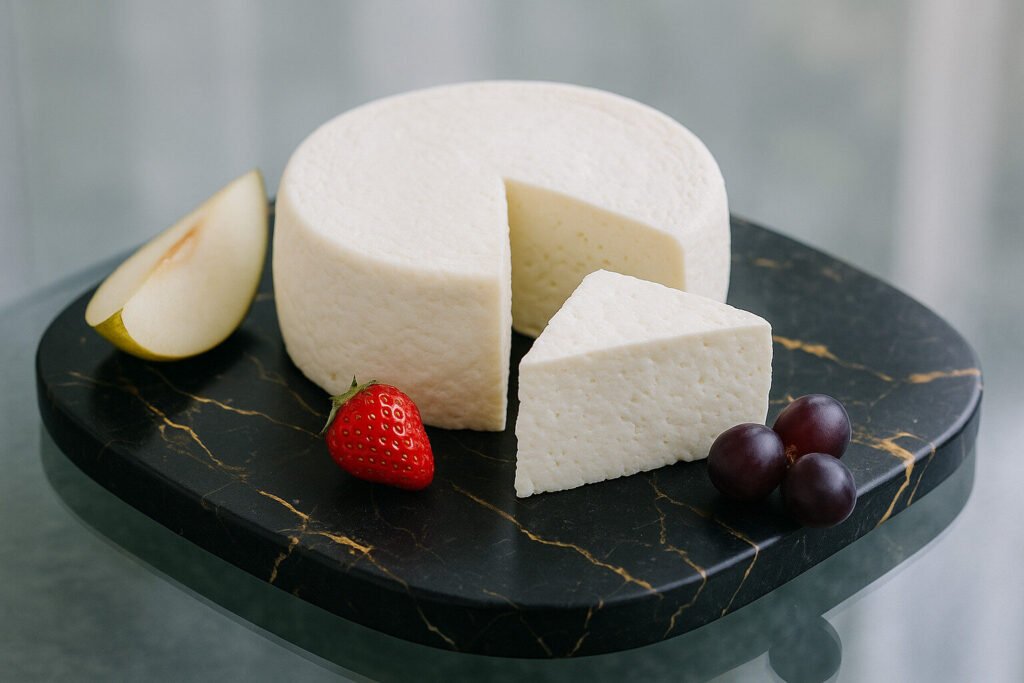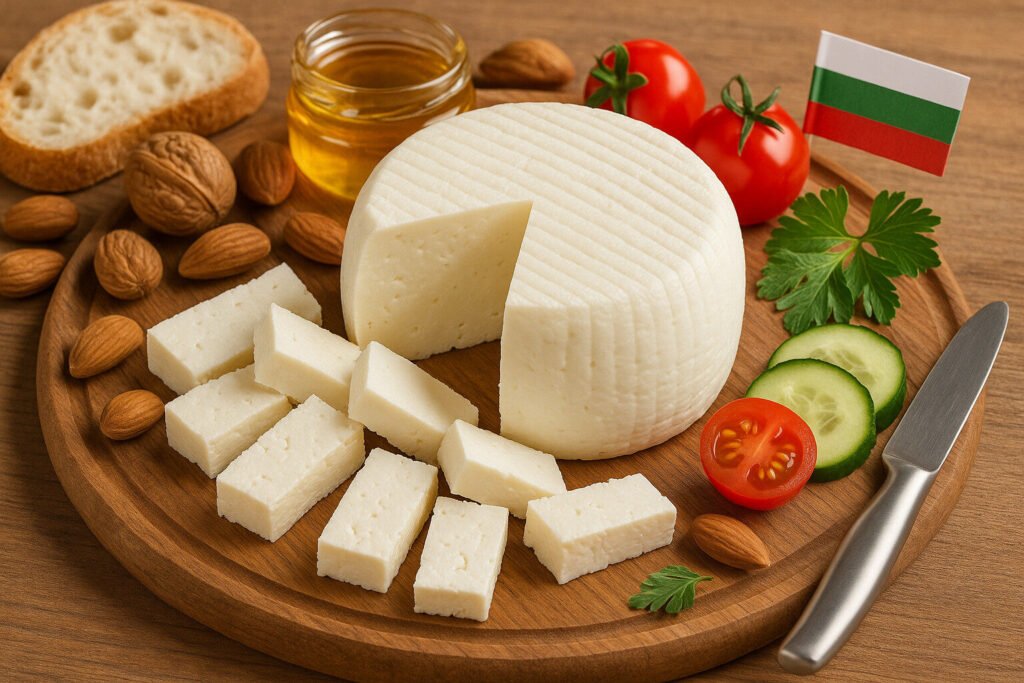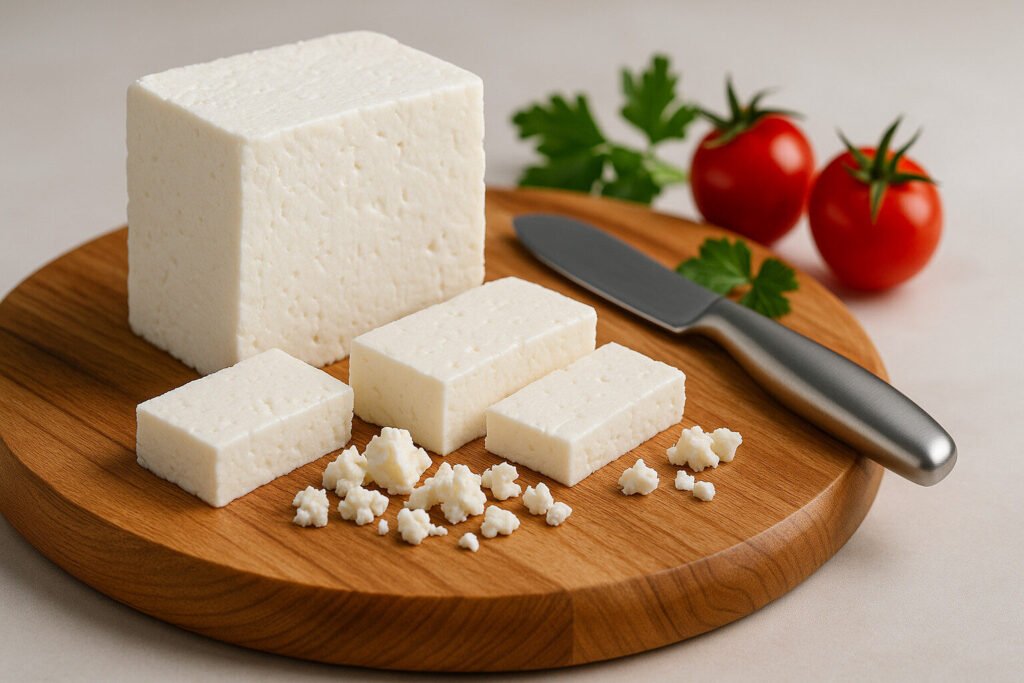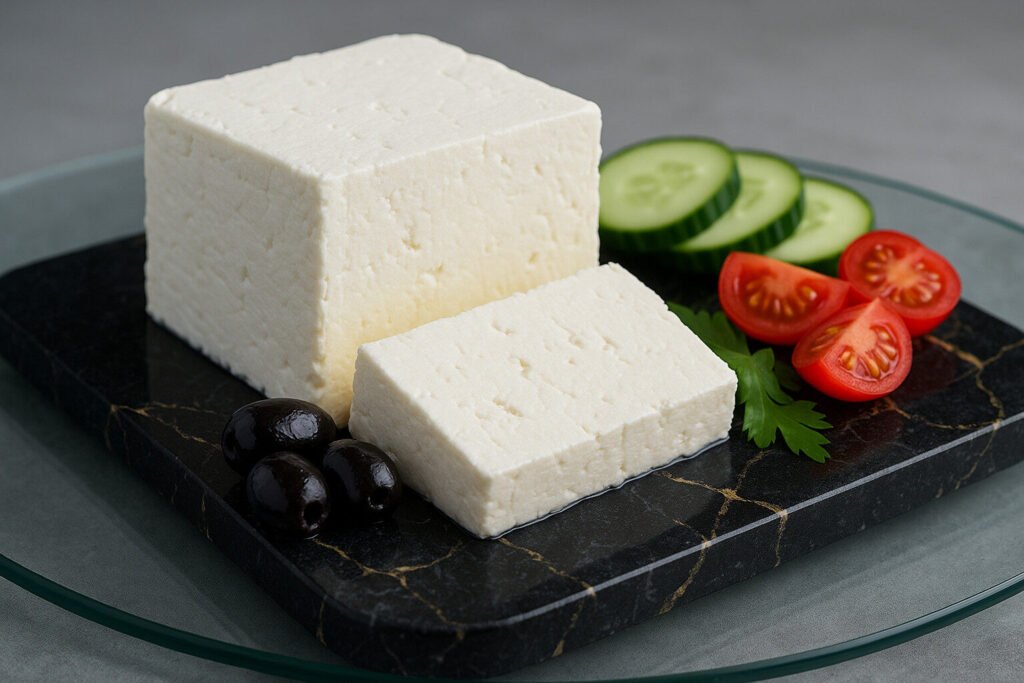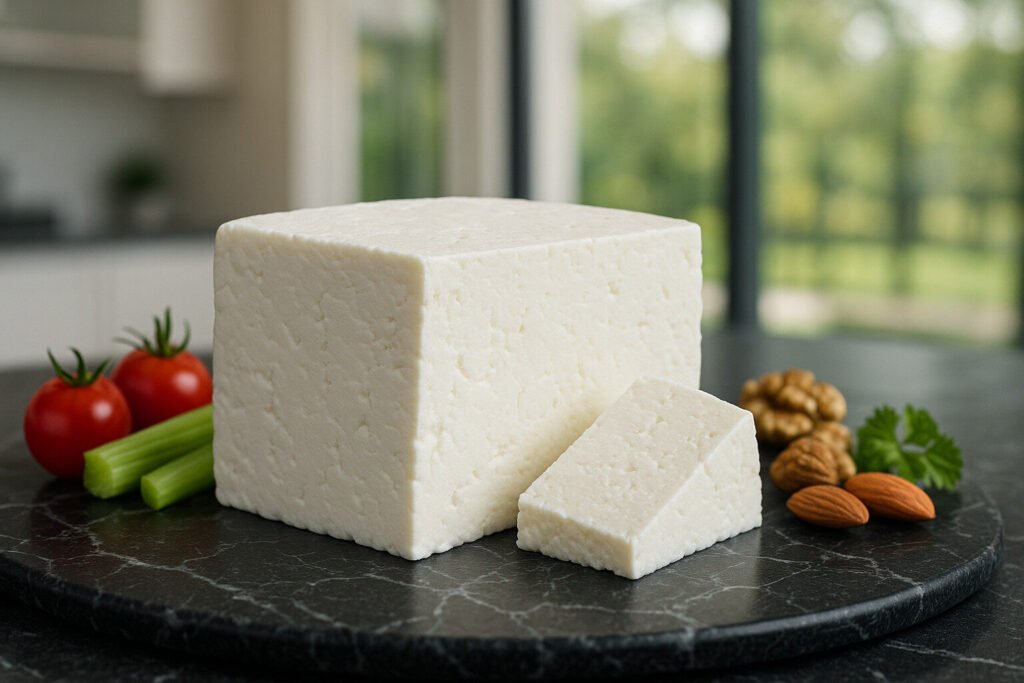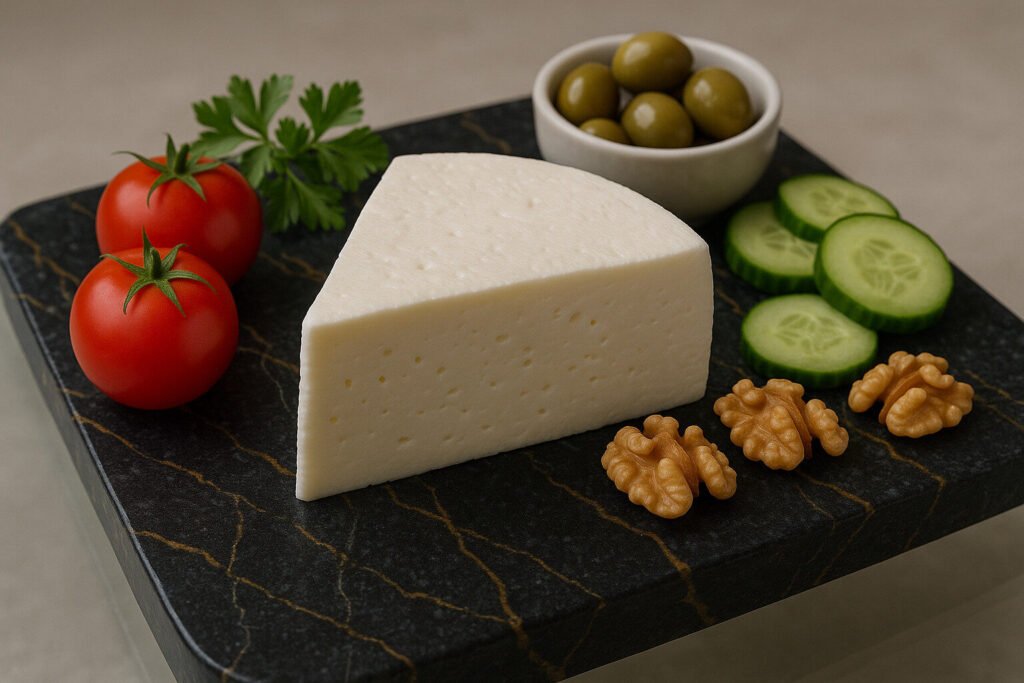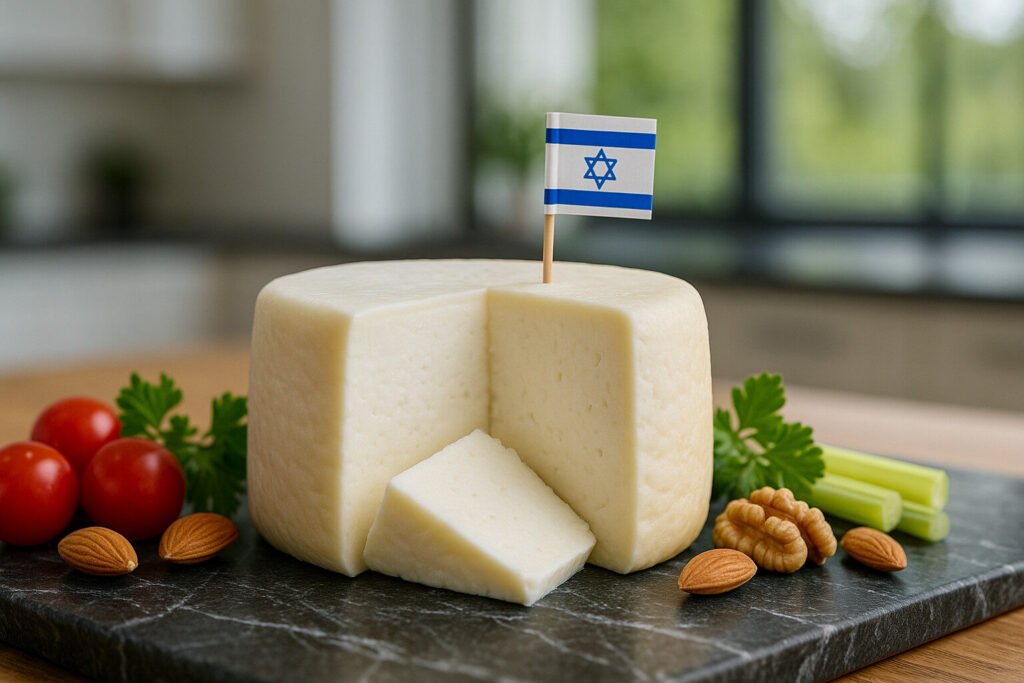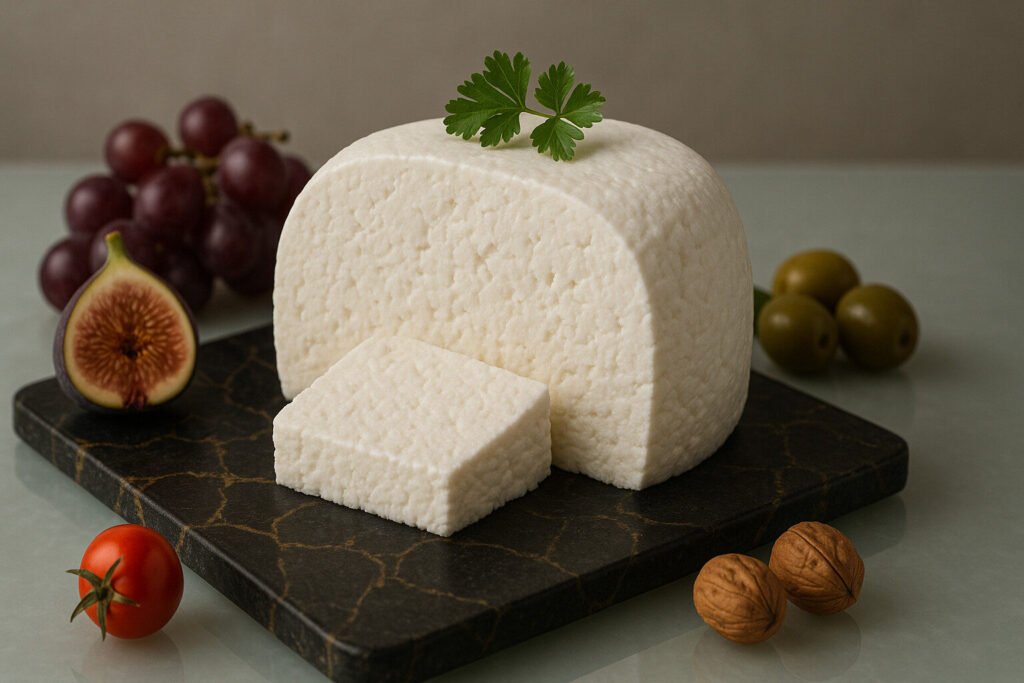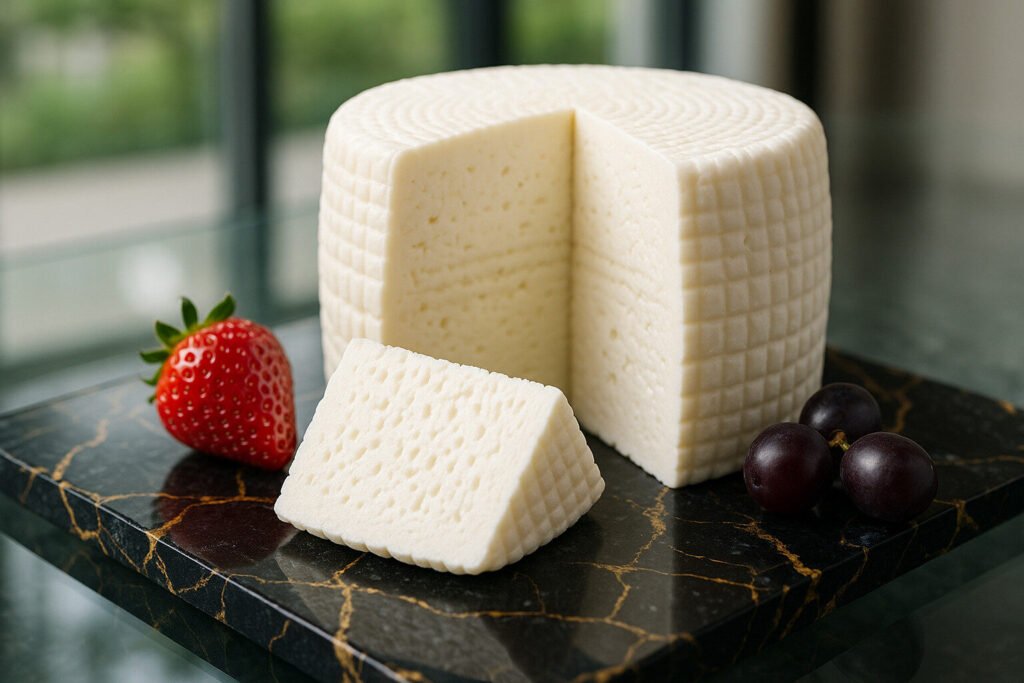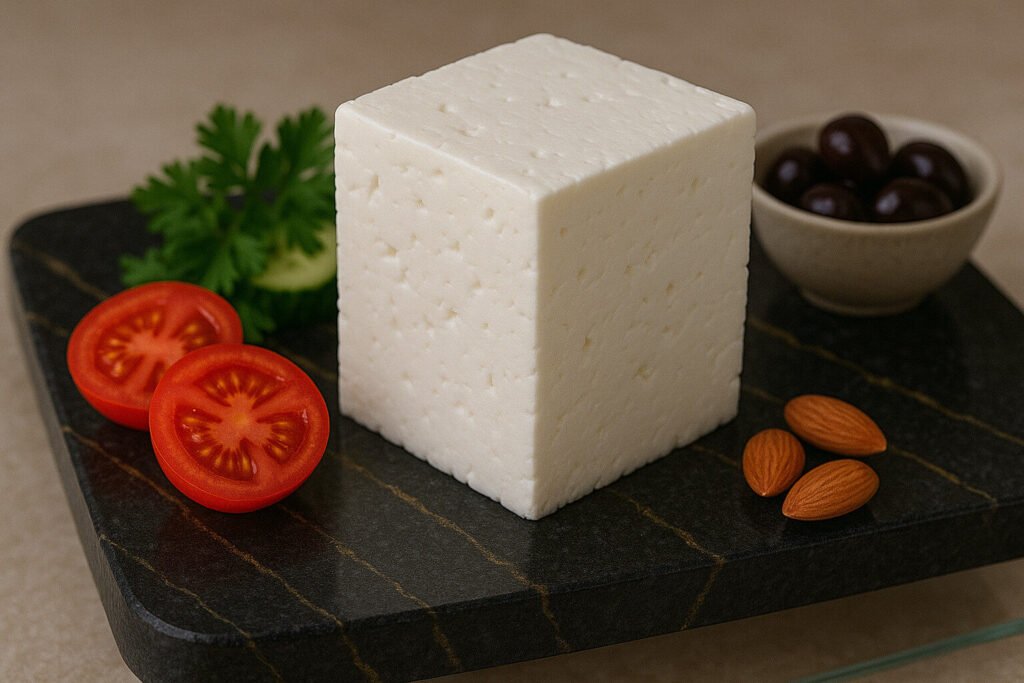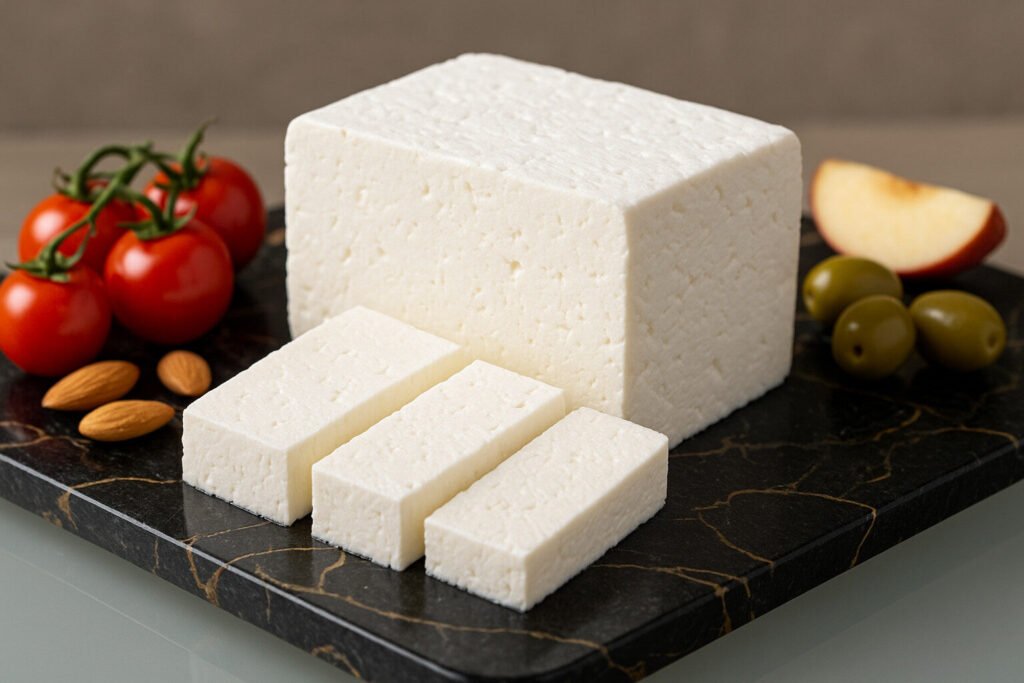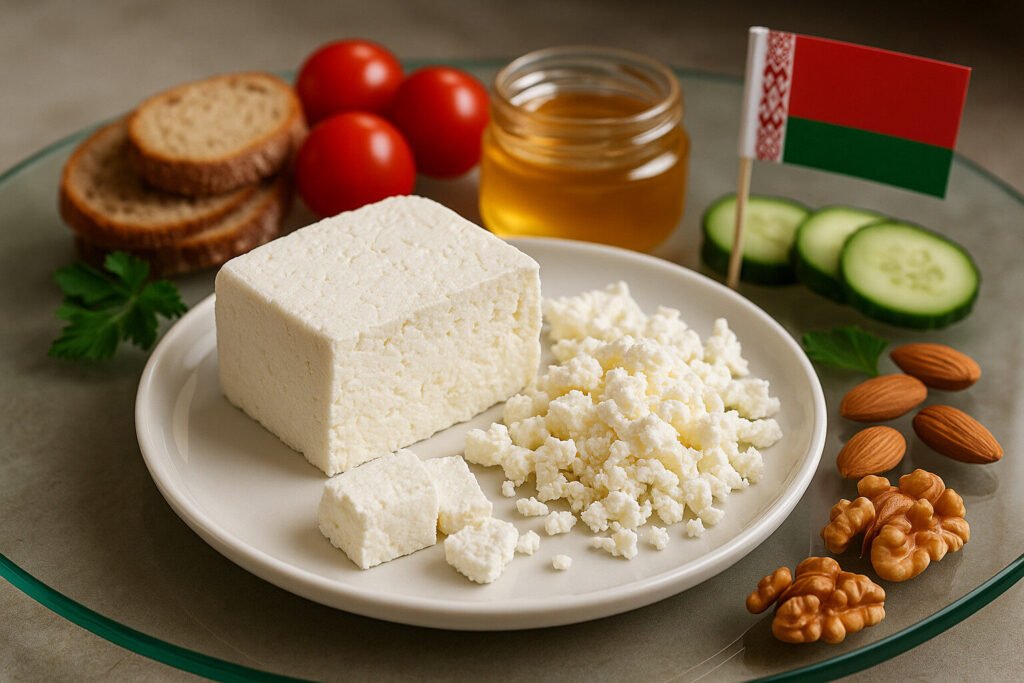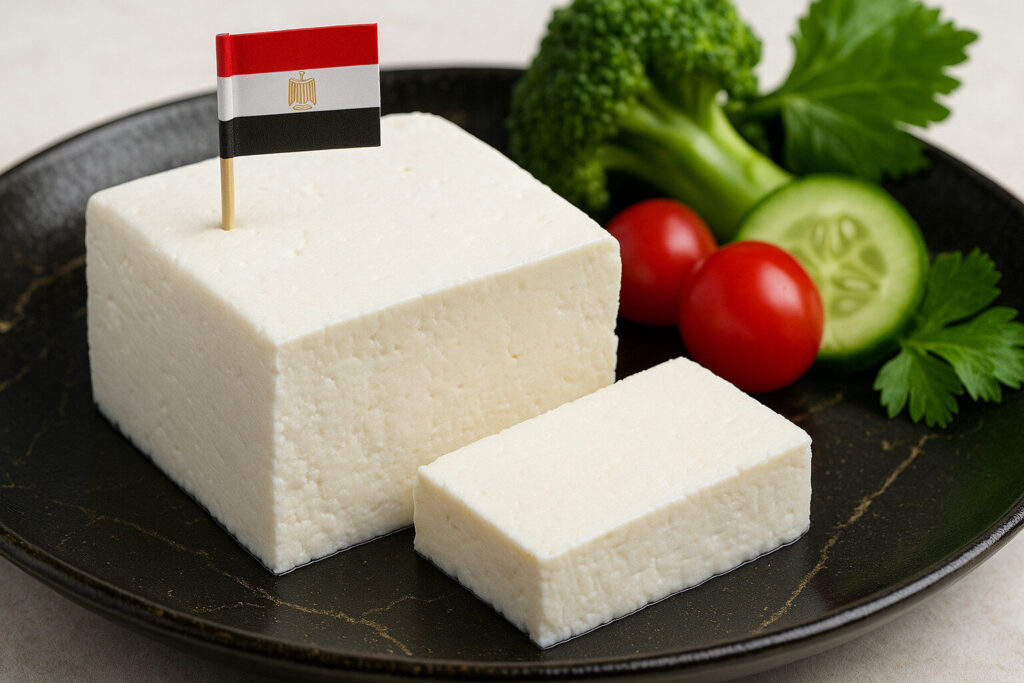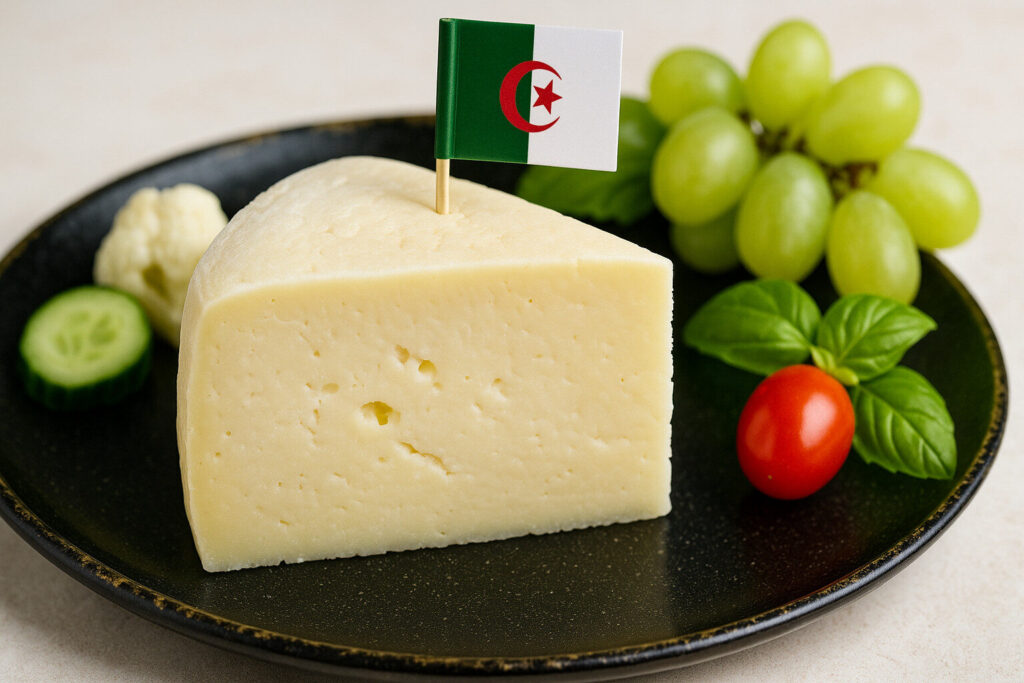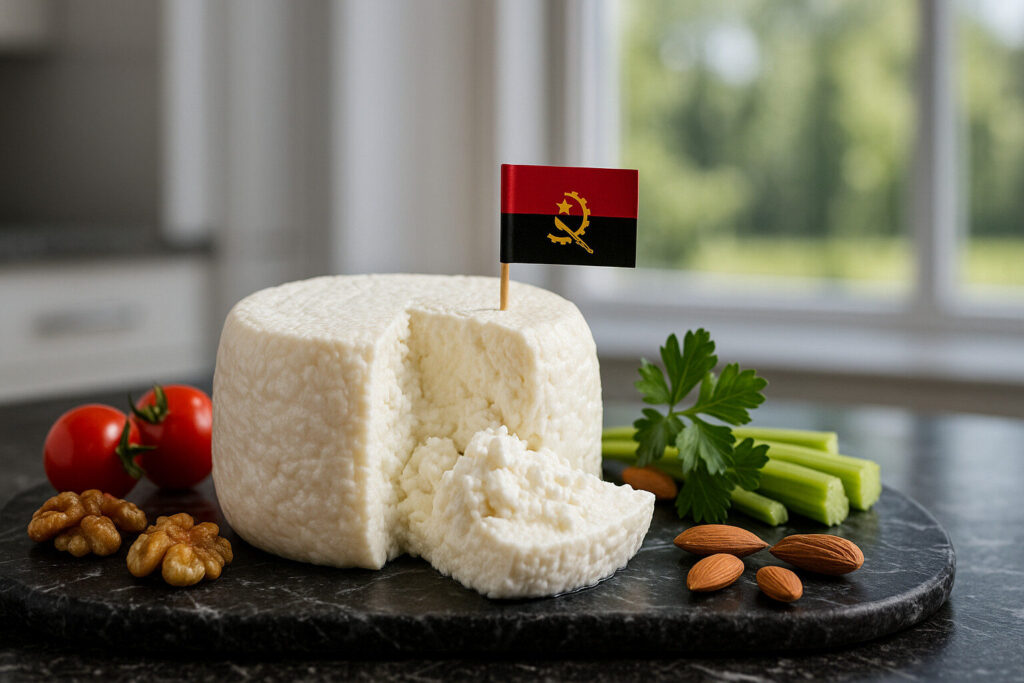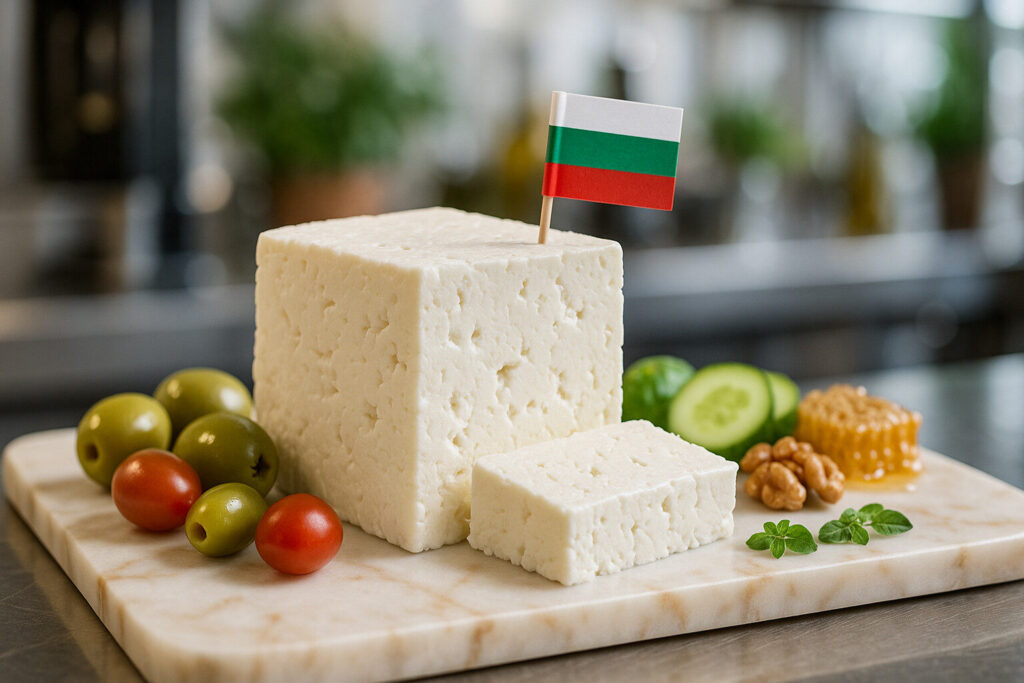White Cheese
Definition and Scope
White cheese refers to a broad category of cheeses characterized by their pale color, which results from the absence of annatto or other coloring agents. This classification includes fresh, soft-ripened, brined, and semi-hard varieties from numerous global traditions. The term primarily describes appearance rather than a specific production method or milk type, encompassing cheeses like feta, mozzarella, and queso blanco.
These cheeses are produced worldwide using cow’s, goat’s, sheep’s, or buffalo’s milk. Their textures range from moist and crumbly to smooth and sliceable, depending on moisture content and aging. The unifying visual trait is their ivory to bright white hue, making them a distinct group in cheese taxonomy based on color.
Production Techniques
White cheese production begins with milk pasteurization or thermalization to ensure safety and standardize flavor. A starter culture is added to acidify the milk, followed by rennet to coagulate the proteins into curds. The curds are then cut, heated, and drained according to the specific cheese style, with whey removal being critical for texture development.
Many white cheeses, such as feta and halloumi, undergo brining in saltwater solutions to preserve them and develop a characteristic salty flavor. Fresh varieties like ricotta are consumed shortly after production, while others may be aged for several weeks or months. The lack of coloring additives distinguishes their manufacturing process from that of orange cheddars or yellow goudas.
Sensory Profile
The flavor profile of white cheeses varies significantly but often includes mild, milky, tangy, or salty notes. Fresh cheeses like cottage cheese offer a light acidity and creamy texture, while brined cheeses present a pronounced saltiness and sometimes a slight sharpness. The aroma is generally clean and dairy-forward, without the pungency associated with many washed-rind varieties.
Texturally, these cheeses can be soft and spreadable, as in cream cheese, or firm and crumbly, like cotija. Moisture content is a key determinant, with high-moisture cheeses being perishable and mild, while lower-moisture versions develop more complex flavors. The palate experience is typically refreshing rather than overpowering.
Culinary Uses
White cheeses are exceptionally versatile in cooking due to their melting properties and adaptable flavors. They are commonly used in salads, sandwiches, pasta dishes, and baked goods where a creamy texture or mild saltiness is desired. Crumbled varieties like feta enhance Mediterranean dishes, while melted mozzarella is essential for pizzas and lasagnas.
In many cuisines, these cheeses serve as table cheeses or are incorporated into sauces and stuffings. Their ability to complement other ingredients without dominating the flavor profile makes them kitchen staples. From Mexican quesadillas to Greek spanakopita, white cheeses provide functional and gustatory value across culinary traditions.
Regional Examples
Prominent European examples include Greek feta, a brined sheep’s milk cheese with a tangy taste, and Italian mozzarella, known for its elastic texture and fresh milk flavor. French chèvre, a goat’s milk cheese, offers a distinct earthy and acidic profile. These cheeses are often protected by designations of origin, ensuring traditional production methods.
In the Americas, queso fresco from Mexico provides a mild, crumbly option for toppings, while American cream cheese is a smooth, spreadable dairy product. Middle Eastern varieties like Lebanese halloumi are noted for their high melting point, making them suitable for grilling. Each region contributes unique styles to the white cheese category.

